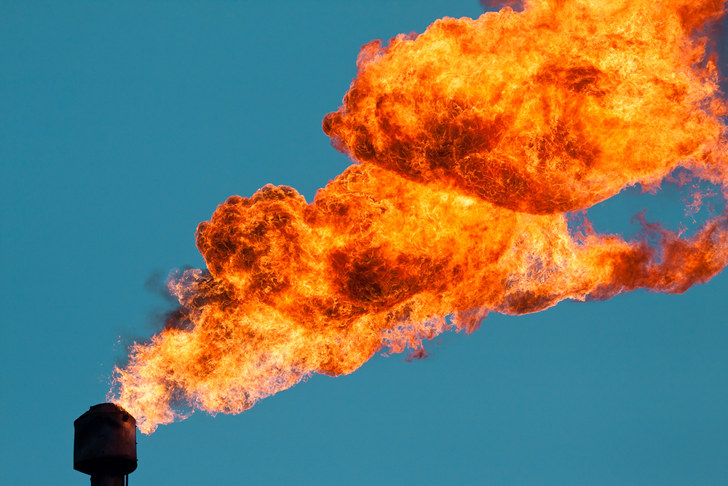RIO DE JANEIRO, BRAZIL – According to a warning from the Ministry of Mines and Energy, Brazil faces an unprecedented water crisis, the worst in 91 years. In late June, the National Electricity System Operator (ONS) published a technical note predicting difficulties in meeting energy demand in November.
The reason was the “depletion of virtually all [energy] resources in November,” reasoned ONS, the body responsible for coordinating and controlling the operation of the National Interconnected System’s (SIN) power generation and transmission facilities.

“The technical note reinforces concerns about the country’s energy security at the end of the year. The picture could become critical if we have a rainy season as bad as last year’s between November and December,” explains Adriano Pires, partner and founding director of the Brazilian Center for Infrastructure (CBIE).
According to Pires, the situation should trigger a reflection on the underutilization of natural gas. “Brazil continues to waste energy potential with the reinjection of gas from the pre-salt,” the expert said.
According to the latest data from the National Agency for Petroleum, Natural Gas and Biofuels (ANP), Brazil reinjected 60.343 million cubic meters of natural gas per day in June alone, increasing its production in all fields, from Pre-Salt to those in the Amazon.
“It would not be an exaggeration to say that Brazil wastes the equivalent of an Itaipu power plant every day if this gas could be fully used,” says Adriano Pires, partner, director, and founder of the Brazilian Center for Infrastructure (CBIE).
Reinjection, Pires explains, is a common technical tool in the world’s oil and gas fields, especially in offshore (deepwater) production, to maximize oil recovery. “From the producers’ point of view, this practice makes sense because it allows for faster monetization of assets. But from the point of view of Brazil’s overall interests, this practice has delayed the development of the gas market,” the consultant says.
According to a CBIE study, countries with a predominance of gas combined with oil, such as Norway (21%) and Nigeria (26.8%), practice lower reinjection than Brazil, where the return of gas to the fields was 31% in 2018, 35% in 2019 and 42.9% in 2020. In 2021, the figures will be 45%.
According to the analysis of the association representing the distribution sector, Abegás, the real reasons for such a regression are the bottlenecks in infrastructure and the lack of measures to expand a firm demand. “For a new gas market to be truly viable, there must be a supply of new gas in the market. This can be achieved if a significant part of the volume currently reinjected in the exploration fields flows,” says the director of strategy and market at Abegás, Marcelo Mendonça.
According to Jorge Celestino Ramos, former director of refining and natural gas at Petrobras, it is important to promote the increase in firm demand for natural gas. “The country should include in its agenda anchor projects with intensive gas consumption, such as thermoelectric plants and the steel and fertilizer industries. They are the ones that will drive the capillarization of natural gas use,” he says.
“We need to establish a solid link between the different players in the sector to create the mechanisms and the legal framework that will guarantee investments in infrastructure for the flow of offshore natural gas, as well as in projects that guarantee demand and ensure the economic viability of the projects.”

